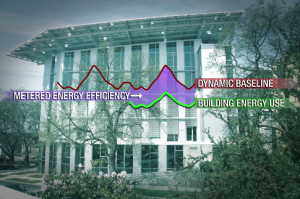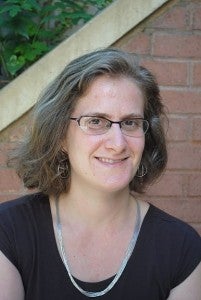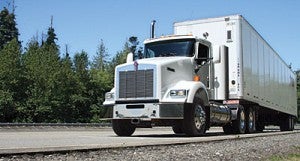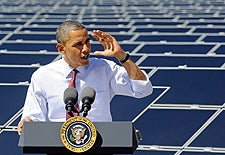At EDF we are always on the lookout for innovative clean energy financing models, especially those that complement On-Bill Repayment (admittedly, one of our favorites). When we heard about EnergyRM’s recent financing approach – which uses a combination of an Energy Service Agreement (ESA), innovative measurement and verification (M&V) and utility bill repayment – we had to find out more.
EnergyRM’s Metered Energy Efficiency Transaction Structure (MEETS) went live on the Bullitt Foundation headquarters building last month. The promise of MEETS, developed by Rob Harmon’s EnergyRM, was quickly all over the news, including the New York Times.
Quick Factoid: The name Rob Harmon may be familiar to energy enthusiasts – he pioneered the Renewable Energy Credit (REC) 15 years ago. The REC served to catalyze the renewables industry. Harmon hopes his newest innovation will do the same for the efficiency market.
MEETS relies on EnergyRM’s DeltaMeter, a proprietary energy modeling software, to report energy savings in real time. The DeltaMeter seeks to address a perennial Achilles heel of many energy efficiency transactions: measurement and verification of energy savings. EDF is addressing this same problem head-on by working with stakeholders to establish protocols and standards for efficiency projects through the Investor Confidence Project. This complex problem, which has traditionally been part science and part art, has been impervious to a silver bullet solution. Lots of interested folks are itching to take a look inside the DeltaMeter black box and see how EnergyRM plans to solve it. Read More















